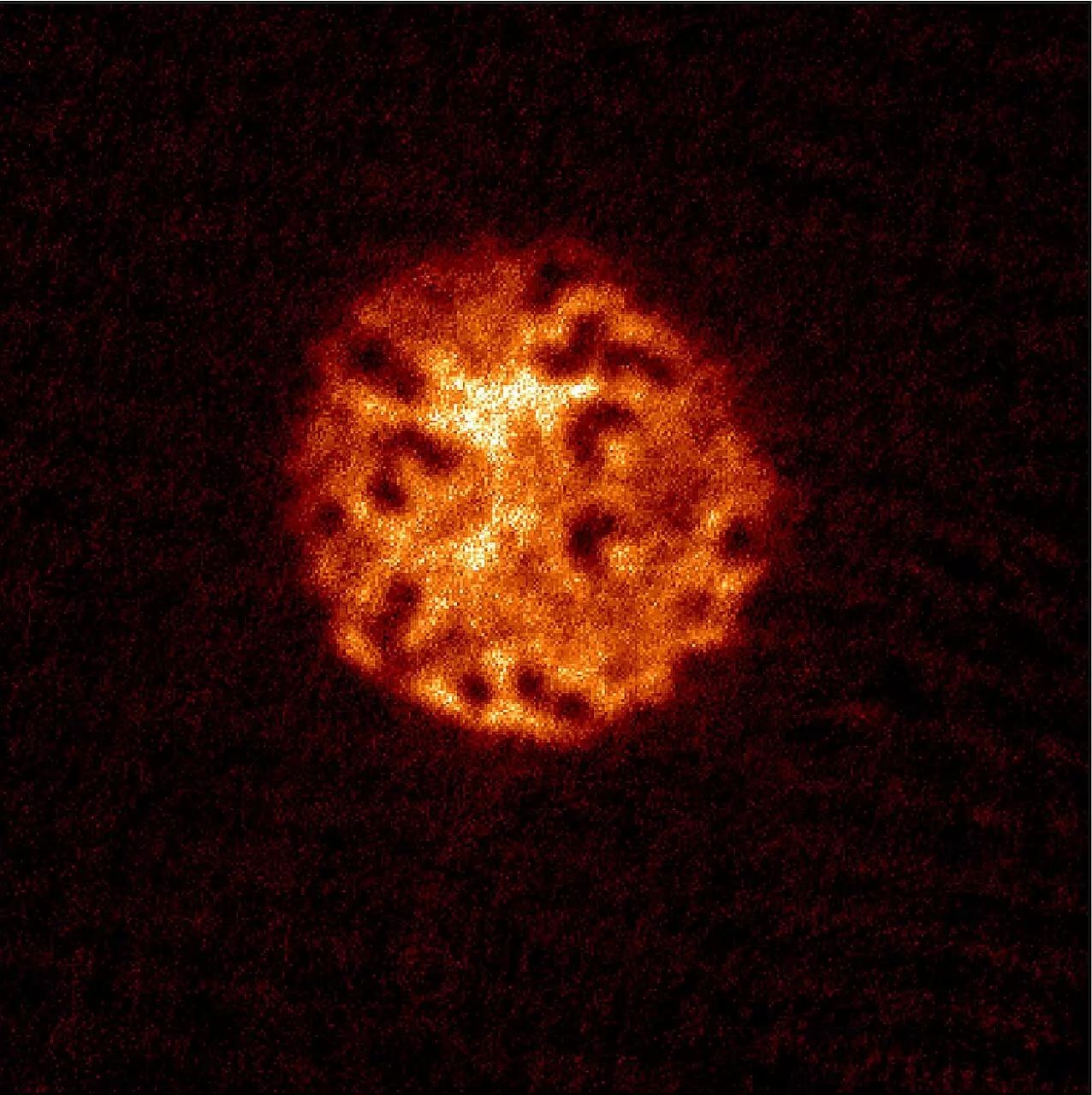The Kibble-Zurek (KZ) mechanism is a monumental concept in the realm of theoretical physics that elucidates the emergence of topological defects during phase transitions in systems that are not in equilibrium. This framework was initially formulated by physicists Tom Kibble and Wojciech Zurek, whose work primarily arose in the context of cosmology and quantum field theory. Recently, a groundbreaking study by researchers at Seoul National University and the Institute for Basic Science has provided significant experimental evidence supporting KZ scaling within a strongly interacting Fermi gas as it transitions into a superfluid state. This article seeks to delve into the nuances of this remarkable achievement and its implications for our understanding of complex physical systems.
Superfluidity, characterized by the ability of a fluid to flow without viscosity, has captivated the attention of physicists for nearly a century due to its unique manifestations of quantum mechanics on a macroscopic scale. This phenomenon arises when a system of particles is cooled to temperatures close to absolute zero, allowing them to enter a collective state where quantum effects dominate their behavior. The transition from a classical fluid, which exhibits resistance to flow, to a superfluid is not merely a change in state but a transformation with profound implications for understanding many-body systems.
Kyuhwan Lee, a co-author of the recent study, underscores the importance of understanding how superfluids form and the mechanisms at play during this transition. The experimental work conducted by Lee and his colleagues aimed to probe the remnants of phase transitions—specifically, the generation of quantum vortices—as a way to comprehend how superfluid states emerge. Such quantum vortices, which are characterized by a swirling flow and quantized angular momentum, are critical features of superfluid behavior and serve as fingerprints of the phase transition process.
At the core of this research lies the concept of KZ scaling, which suggests a power-law relationship between the number of quantum vortices produced during a phase transition and the rate at which a system traverses the transition. The faster the system moves through the transition, the more vortices should appear. This prediction has broad relevance across various physical systems, from superconductors to ferroelectrics, but had not been definitively demonstrated in Fermi superfluids until now.
Using an atomic cloud of lithium-6 (6Li), the researchers subjected the sample to extreme cooling, achieving temperatures just a few tens of nano Kelvin. To create a uniform environment conducive to studying the KZ scaling, the atomic cloud was carefully arranged in a spatially homogeneous disk shape, thus ensuring that the superfluid phase transition occurred simultaneously across the entire sample. This setup was crucial for avoiding irregularities that could complicate the comparison of experimental observations with theoretical predictions, thereby enabling a clearer analysis of the KZ mechanism.
A notable aspect of this research was the innovative manipulation of interatomic interactions among the lithium atoms, achieved through magnetic Feshbach resonance. This technique afforded the researchers an additional control parameter, enabling them to alter the interaction strength independently from temperature. By quenching either temperature or interaction strength across the phase transition at various speeds, Lee and his team systematically explored the dynamics of superfluid formation.
The findings were compelling; across a range of experimental conditions, the researchers observed a consistent KZ scaling behavior, regardless of the specific control variable manipulated. This universality is a striking affirmation of the robustness of the KZ mechanism, reinforcing its relevance in understanding the dynamics of phase transitions in Fermi superfluids.
Despite the success of their experiments, Lee and his colleagues recognized that certain aspects of their observations deviated from traditional KZ scaling predictions, particularly under rapid quenches. Such unexpected phenomena merit further investigation and could provide invaluable insights into the dynamics of non-equilibrium phase transitions. The researchers propose that the early-time dynamics of superfluid growth could suppress the formation of quantum vortices under certain conditions, a hypothesis that invites deeper exploration.
This ongoing research serves as a compelling reminder of the complexity inherent in phase transitions and the fundamental principles that govern them. By deepening our appreciation of the KZ mechanism and its implications for superfluid dynamics, we not only enhance our understanding of quantum fluids but also potentially unlock new avenues for technological advancements in quantum systems.
The recent observations of KZ scaling in a Fermi superfluid represent a monumental advancement in condensed matter physics. As researchers continue to unravel the intricacies of superfluid behavior, the insights gained from such studies could have far-reaching implications, bridging theoretical frameworks with experimental realities and paving the way for innovative applications in the field of quantum mechanics. With each experimental breakthrough, we move closer to fully comprehending the profound phenomena that characterize the quantum world.

